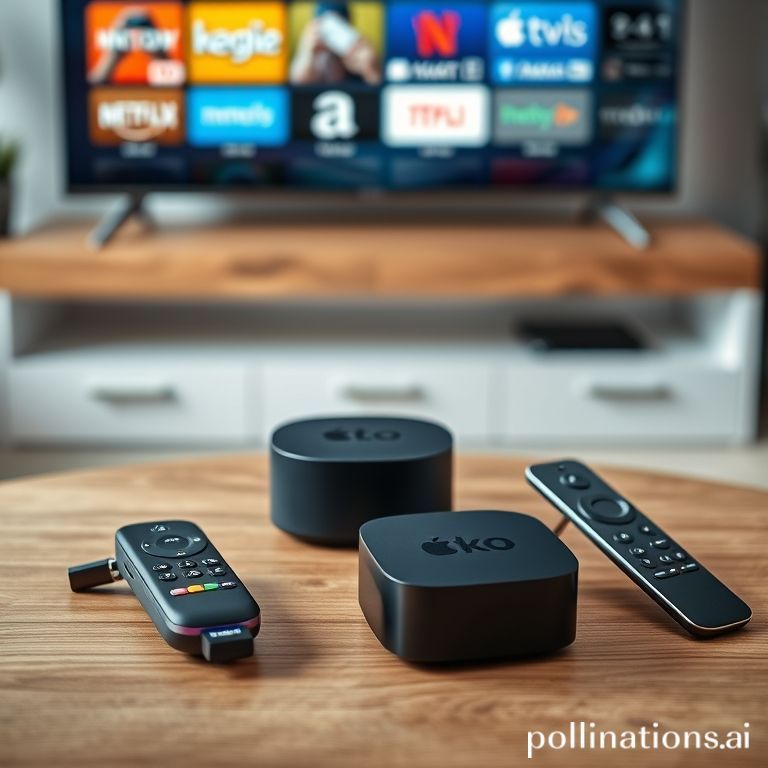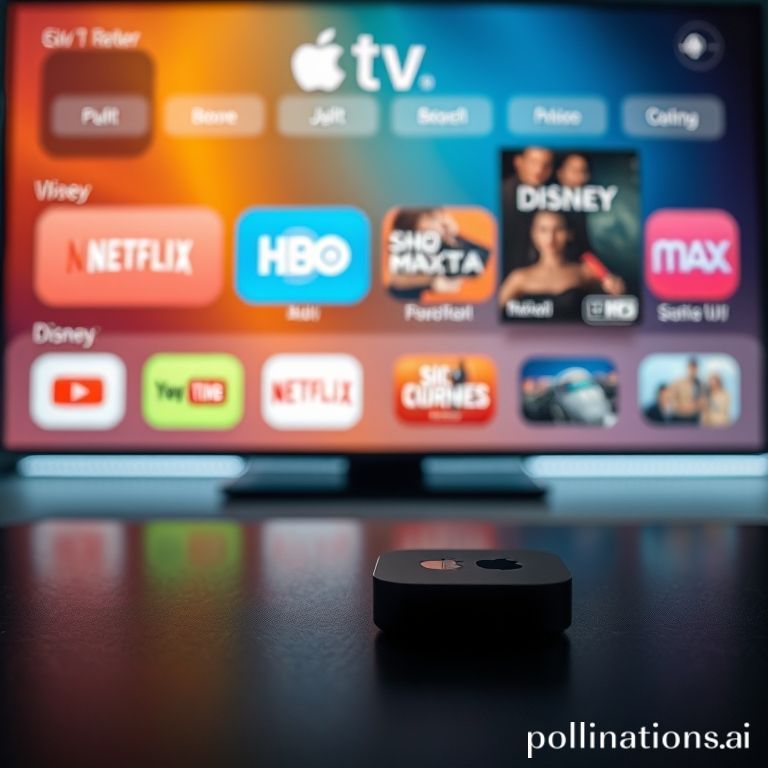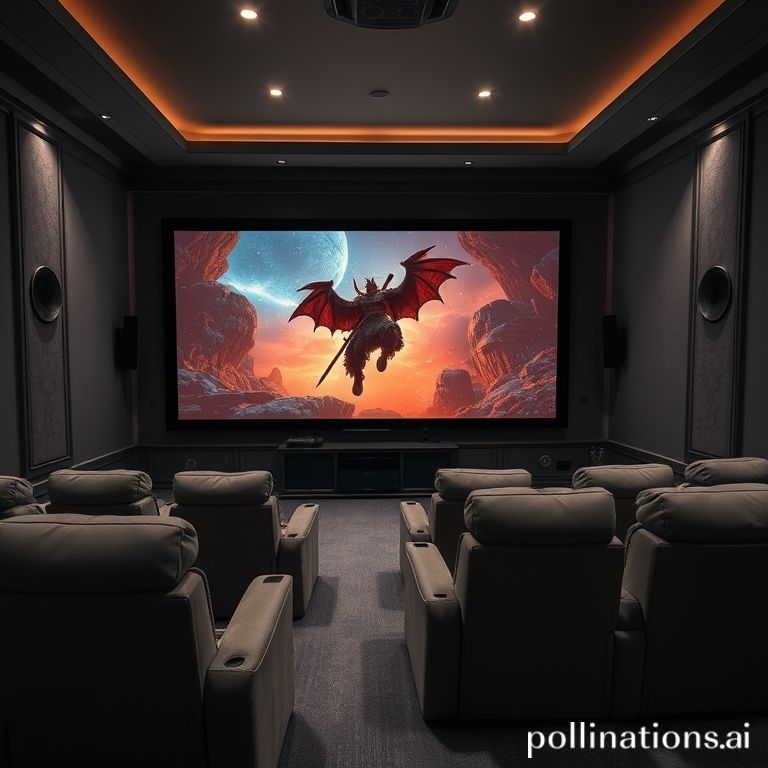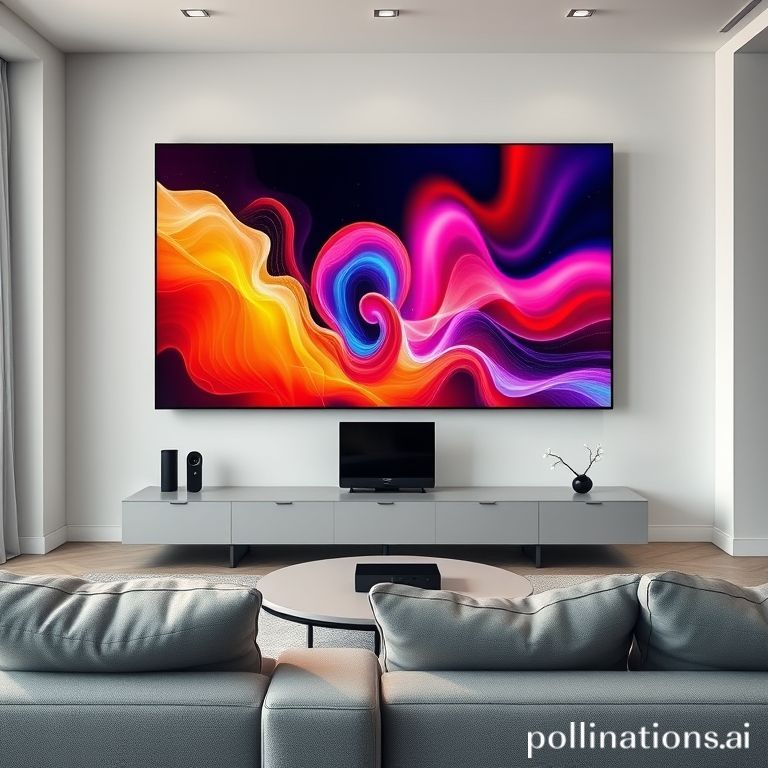
Remember the days of flipping through countless cable channels, searching for something, *anything* decent to watch? Or the ritual of heading to the video store on a Friday night? While those memories hold a certain nostalgic charm, the modern entertainment landscape has evolved dramatically. Today, our living rooms have transformed into personal cinematic universes, thanks to the incredible power of streaming devices and sophisticated home theater systems.
Gone are the days when a ‘good’ TV and a DVD player sufficed. Now, we crave stunning 4K visuals, immersive surround sound, and instant access to an endless library of content from services like Netflix, Disney+, Max, Apple TV+, and more. But with so many options, how do you navigate the sea of streaming sticks, smart TVs, soundbars, and receivers to build your perfect entertainment hub? Don’t worry, we’re here to guide you through the top streaming devices and essential components of a truly epic home theater setup.
The Streaming Revolution: Why Dedicated Devices Matter
While many modern TVs come “smart” with built-in apps, a dedicated streaming device often offers a superior experience. Why? They typically boast more powerful processors, receive more frequent software updates, and provide a snappier, more intuitive interface. They’re designed for one purpose: delivering the best possible streaming experience, free from the bloatware or slower performance sometimes associated with integrated smart TV platforms.
Whether you’re looking to upgrade an older TV, enhance the performance of a new one, or simply consolidate your streaming services into one seamless interface, a dedicated streaming device is your gateway to a world of entertainment. And when paired with the right audio and visual components, it can elevate your viewing from casual watching to an immersive cinematic event.
Top Streaming Devices for Every Budget & Need
The market is flooded with excellent streaming devices, each with its own strengths. Let’s break down the best options across different price points and feature sets.
Entry-Level & Budget-Friendly
These devices prove you don’t need to spend a fortune to get great streaming. They’re perfect for secondary TVs, travel, or simply dipping your toes into the streaming world.
- Roku Express/Streaming Stick 4K: Roku is renowned for its user-friendly interface and vast app selection. The Express is a basic, affordable option for HD streaming, while the Streaming Stick 4K offers stunning 4K HDR visuals, Dolby Vision, and a voice remote, all in a compact dongle form factor that hides neatly behind your TV.
- Amazon Fire TV Stick 4K Max: Amazon’s offering brings Alexa integration, a fast processor, and support for 4K HDR, Dolby Vision, and Dolby Atmos. It’s particularly great if you’re deep within the Amazon ecosystem, offering seamless access to Prime Video and other Amazon services.
- Google Chromecast with Google TV (HD/4K): Google’s latest Chromecast blends the classic casting functionality with a full-fledged smart TV interface. The Google TV platform aggregates content from all your services, making discovery easy. The 4K version supports Dolby Vision and HDR10+.
Mid-Range & Performance-Focused
Stepping up, these devices offer more power, advanced features, and an even smoother user experience, often appealing to those who want top-tier performance without breaking the bank.
- Apple TV 4K: If you’re an Apple enthusiast, the Apple TV 4K is a no-brainer. It boasts a powerful A15 Bionic chip, ensuring buttery-smooth navigation and excellent gaming performance (via Apple Arcade). Its integration with the Apple ecosystem, including HomeKit, AirPlay, and Fitness+, is seamless. It supports 4K HDR, Dolby Vision, and Dolby Atmos, and offers some of the best picture quality processing available.
- NVIDIA Shield TV Pro: Often considered the “king” of Android TV boxes, the Shield TV Pro is a powerhouse. Its Tegra X1+ processor handles 4K HDR, Dolby Vision, and Dolby Atmos with ease, and its AI upscaling feature can make lower-resolution content look stunning. Gamers will appreciate its GeForce NOW cloud gaming integration and powerful local game streaming capabilities.
- Roku Ultra: For Roku fans who want premium features, the Roku Ultra delivers. It offers a faster processor, an Ethernet port for reliable wired connections, a USB port for local media playback, and a remote with a headphone jack for private listening. It supports 4K HDR and Dolby Vision.

For the Audiophile & Gamer (Premium Options)
For those who demand the absolute best in performance, versatility, and future-proofing, these options go above and beyond.
- NVIDIA Shield TV Pro (revisited): It truly shines here. Its robust processor and advanced features like lossless audio passthrough make it a favorite for home theater enthusiasts who want to bitstream high-fidelity audio formats like Dolby TrueHD and DTS-HD Master Audio to their AV receiver. Its gaming prowess also makes it a powerful all-in-one entertainment hub.
- Dedicated Home Theater PCs (HTPCs): While requiring more technical know-how, an HTPC offers unparalleled flexibility. You can customize hardware, install any software, and manage your media library exactly how you want. They can handle 4K HDR playback, lossless audio, and even act as a powerful gaming machine, but they come with a higher cost and complexity.
Elevating Your Experience: The Home Theater System
A great streaming device is just one piece of the puzzle. To truly unlock an immersive experience, you need to think about your entire home theater system. This isn’t just about a big TV; it’s about synergy between display, audio, and environment.

Displays: TVs vs. Projectors
Your display is the window to your entertainment world. Choosing between a TV and a projector depends on your space, budget, and viewing habits.
- TVs:
- OLED: Offers perfect blacks, infinite contrast, and vibrant colors. Ideal for dark rooms and cinephiles. LG, Sony, and Samsung (QD-OLED) are top contenders.
- QLED/Mini-LED: Samsung pioneered QLED, enhancing brightness and color volume. Mini-LED (used by Samsung, LG, TCL, Hisense) pushes LED technology further, offering thousands of tiny dimming zones for incredible contrast and brightness, rivaling OLED in many aspects, especially in brighter rooms.
Look for 4K resolution, HDR (HDR10+, Dolby Vision), high refresh rates (120Hz for gaming), and HDMI 2.1 ports for future-proofing.
- Projectors: For a truly cinematic, larger-than-life experience, a projector can’t be beaten.
- Pros: Huge screen sizes (100+ inches), immersive feel.
- Cons: Requires a dark room, dedicated screen, and often more complex setup.
Consider 4K resolution, HDR support, lumen output (brightness), and throw distance. Pair with a good ALR (Ambient Light Rejecting) screen for better performance in rooms with some ambient light.
Audio: The Heartbeat of Immersion
Great visuals are only half the story. Immersive audio elevates every movie, show, and game.
- Soundbars: For simplicity and space-saving, a good soundbar with a wireless subwoofer can dramatically improve TV audio. Many now support Dolby Atmos for a more three-dimensional sound experience.
- AV Receivers & Speaker Systems: For the ultimate home theater experience, an AV receiver paired with a dedicated speaker system is key.
- 5.1 Surround Sound: The classic setup: front left/right, center, rear left/right, and a subwoofer.
- 7.1 Surround Sound: Adds two side surround speakers for a more encompassing soundstage.
- Dolby Atmos/DTS:X: These object-based audio formats add height channels (either ceiling-mounted or up-firing speakers) to create a truly three-dimensional sound bubble, making you feel like you’re in the middle of the action.
Look for an AV receiver with sufficient power, HDMI 2.1 passthrough, and support for the latest audio formats.
- Subwoofers: A dedicated subwoofer is crucial for impactful bass, making explosions rumble and music feel alive.
The Importance of Connectivity & Cables
Don’t overlook the foundation of your system. High-quality cables and a robust network are vital.
- HDMI 2.1: Essential for 4K at 120Hz, Variable Refresh Rate (VRR), Auto Low Latency Mode (ALLM), and Enhanced Audio Return Channel (eARC) for lossless audio from your TV to your receiver.
- Wi-Fi 6/6E or Ethernet: A strong, stable internet connection is paramount for 4K streaming. Ethernet provides the most reliable connection, especially for high-bandwidth content.
Building Your Dream Setup: Tips for Success
Ready to build or upgrade? Here are some final tips:
- Assess Your Needs & Budget: Be realistic about what you want and how much you can spend. Prioritize the components that matter most to you (e.g., if you’re an audiophile, invest more in speakers and a receiver).
- Consider Future-Proofing: Technology evolves rapidly. Look for devices and components with HDMI 2.1, Wi-Fi 6, and support for the latest audio/video codecs to ensure longevity.
- Room Acoustics & Placement: The best gear won’t sound great in a poorly set up room. Consider speaker placement, seating arrangement, and even basic acoustic treatments like rugs or curtains to minimize echoes.
- Test Before You Buy (If Possible): Visit electronics stores to experience different TVs, soundbars, and even streaming device interfaces firsthand.

Conclusion
The world of streaming devices and home theater systems offers an incredible array of choices, allowing you to tailor your entertainment experience exactly to your preferences. Whether you’re a casual streamer looking for a simple upgrade or a dedicated cinephile aiming for a full-blown cinematic experience, there’s a perfect setup waiting for you.
By understanding the strengths of different streaming devices and the critical components of a home theater system – from cutting-edge displays and immersive audio to robust connectivity – you can make informed decisions that will transform your living room into the ultimate entertainment destination. So go ahead, pick your gear, dim the lights, and prepare to be truly entertained!






